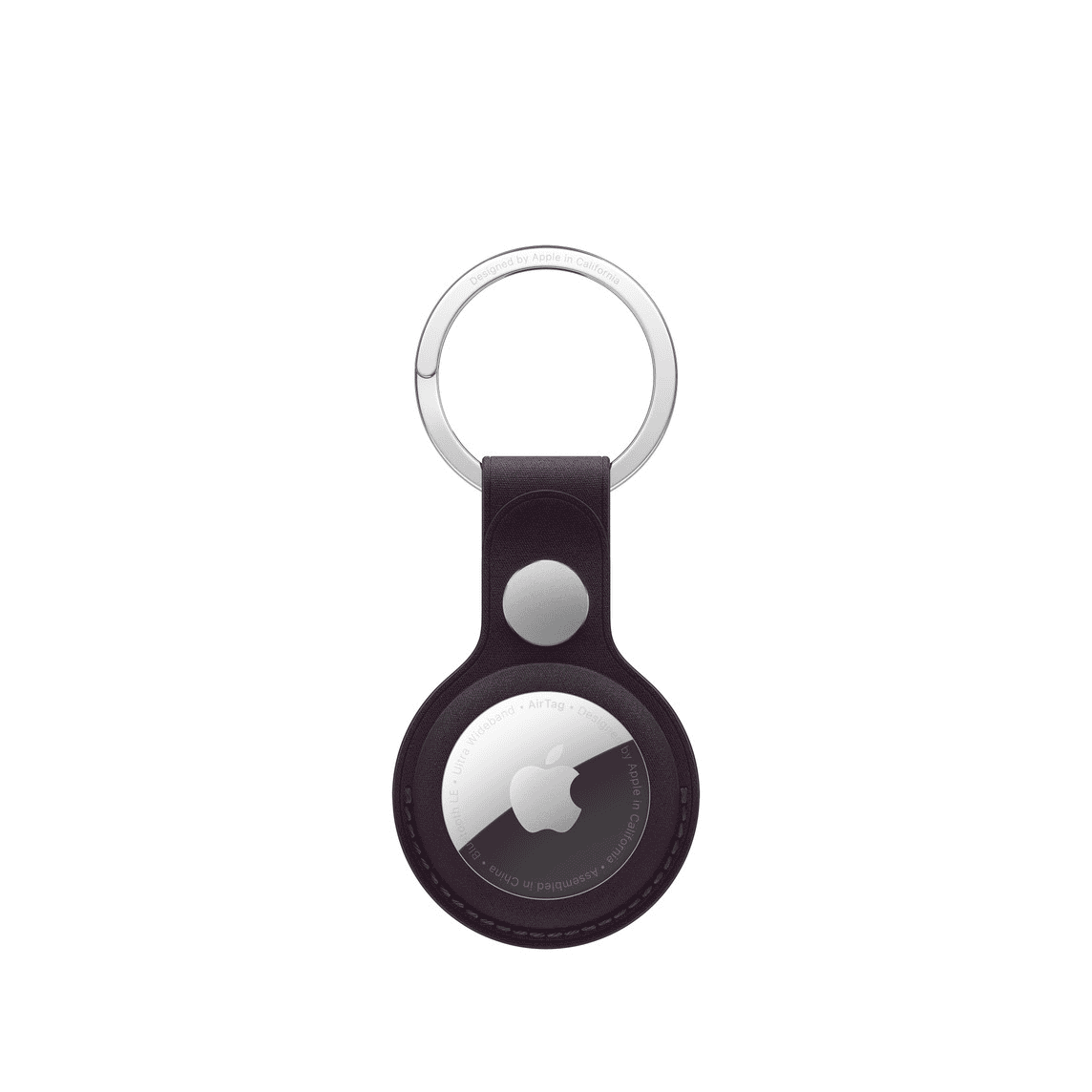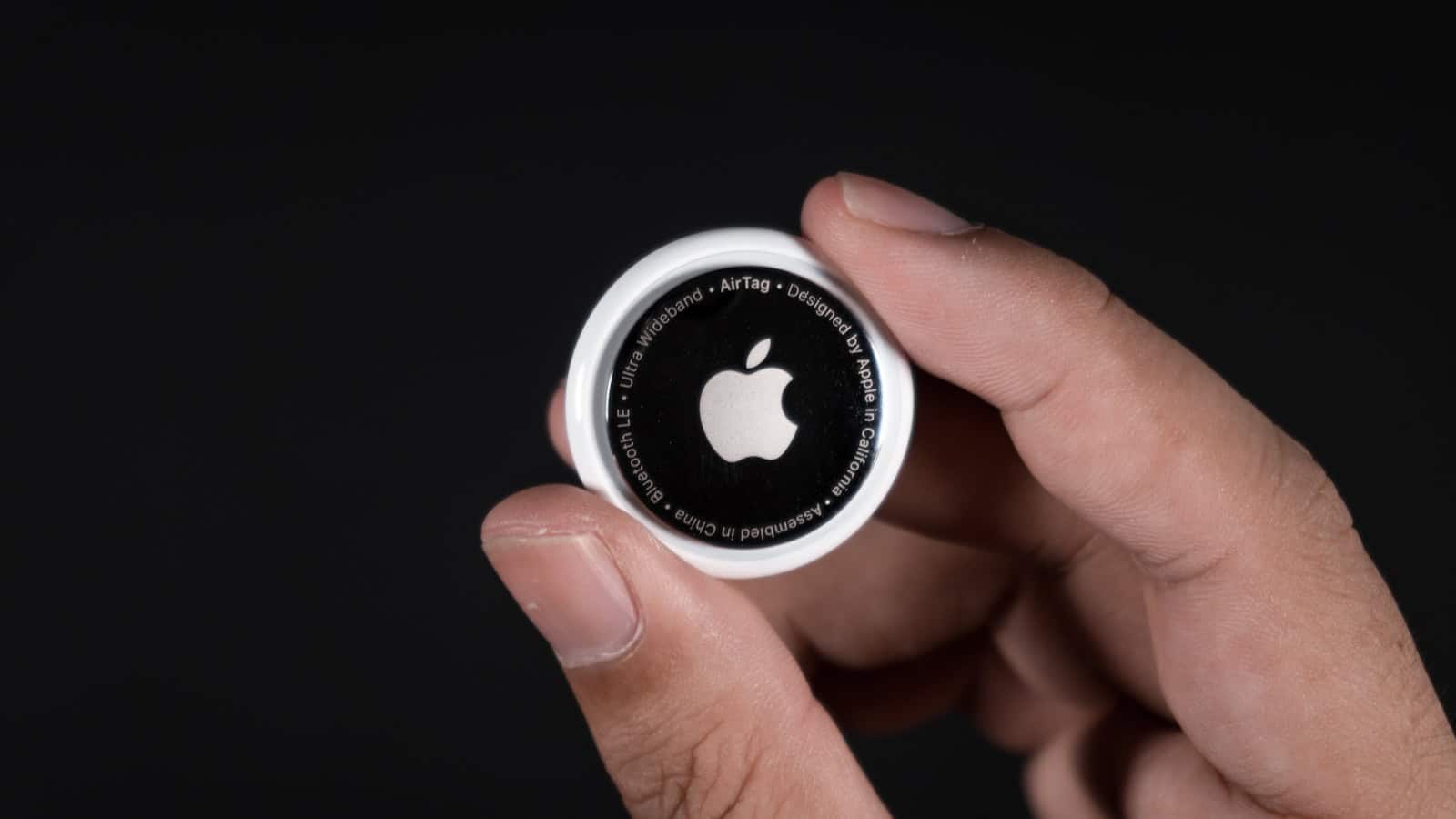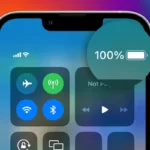Apple plans to release a new version of its popular AirTag tracking device in 2025. This second-generation AirTag will feature significant improvements, particularly in its tracking range. The upgraded AirTag is expected to offer a much longer range for locating lost items, making it easier for users to find misplaced belongings.
Reports from industry insiders, including Mark Gurman of Bloomberg, suggest the AirTag 2 will debut around mid-2025. The extended tracking capabilities are likely due to an upgraded Ultra Wideband chip. This enhancement aims to strengthen Apple’s position in the item-tracking market.
The new AirTag 2 is not expected to include GPS technology. Instead, it will likely utilize a similar tracking method as the current AirTag, which relies on Bluetooth signals to communicate with nearby Apple devices and update their location. This information is then sent to iCloud, where users can view it in the Find My app. However, with the new hardware, we can anticipate significant improvements in range and other enhancements that should make location updates more frequent, accurate, and reliable.

Since its launch in April 2021, the original AirTag has been successful for Apple. The upcoming upgrades aim to build on this success and provide users with an even more effective way to keep track of their valuables.
Second Generation AirTag with Longer Range Expected in 2025
This guide will explore the potential benefits of a longer-range AirTag, discuss how Apple might achieve this improvement, and consider other possible enhancements we might see in the next generation. We’ll also briefly compare AirTags to other tracking devices on the market to give you a complete picture of the current landscape of item tracking technology.
What is an AirTag?
An AirTag is a small Bluetooth tracker made by Apple. You can attach it to your belongings, like keys, wallets, or luggage. If you lose something, you can use the Find My app on your Apple devices to locate it.
How AirTags Work
AirTags use Bluetooth to connect to nearby Apple devices. These devices anonymously relay the AirTag’s location to Apple’s servers. You can then see the location on a map in the Find My app. AirTags also use Ultra-Wideband (UWB) technology for more precise location tracking when you’re nearby.
Current AirTag Limitations
The current AirTag has some limitations:
- Bluetooth Range: The Bluetooth range is limited, which can make it hard to find an AirTag if it’s far away.
- Reliance on Apple Devices: AirTags rely on other Apple devices to relay their location. If there are no Apple devices nearby, it can be hard to track.
- No Built-in GPS: AirTags don’t have GPS. This means they can’t be tracked in areas without Apple devices nearby.

Rumors About the Second Generation AirTag
Rumors suggest Apple is working on a second generation AirTag. It is expected to be released in 2025. Key improvements are expected to be:
- Longer Bluetooth Range: This would make it easier to find AirTags that are further away.
- Improved UWB Technology: This could provide even more precise location tracking.
- Possibly Other New Features: There may be other new features, but details are scarce.
What a Longer Range Means
A longer Bluetooth range would be a big improvement. It would:
- Increase the chances of finding lost items: Even if they are not very close.
- Make it easier to track items in large areas: Like airports or shopping malls.
- Reduce reliance on nearby Apple devices: Making them more useful in areas with fewer Apple users.
How a Longer Range Might Be Achieved
Apple could achieve a longer range in several ways:
- Improved Bluetooth Chip: A newer Bluetooth chip with better range.
- Antenna Improvements: A better antenna design for stronger signal transmission.
- Software Optimizations: Changes to the software to improve signal reception.
Other Potential Improvements
Besides longer range, other improvements are possible:
- Better Battery Life: Longer battery life would mean less frequent battery replacements.
- New Design: A new design could be smaller, more durable, or have other improvements.
- Integration with Other Apple Devices: More seamless integration with Apple Watch or other devices.
Why This Matters
A second generation AirTag with longer range would be a significant upgrade. It would make AirTags more useful and reliable for tracking lost items.
Alternatives to AirTags
There are alternatives to AirTags available. Tile trackers are a popular option. They work similarly to AirTags but use a different network of users. Samsung also makes SmartTags, which work with Samsung Galaxy devices. These alternatives offer similar functionality but may have different features or network coverage. Tile trackers use a larger network of users than AirTags in some areas.
But AirTags often excel in areas with many Apple users. Samsung SmartTags offer good integration with Samsung devices. But they are not compatible with Apple devices. Each of these options has its own strengths and weaknesses.
Looking Ahead to 2025
If the rumors are true, a second generation AirTag with longer range could be a very popular product. It would address one of the main limitations of the current AirTag. It would make it an even more valuable tool for keeping track of your belongings.
Key Takeaways
- Apple’s AirTag 2 is set for release in mid-2025 with improved tracking range
- The new device will feature an upgraded Ultra Wideband chip for better performance
- Enhanced capabilities aim to solidify Apple’s position in the item tracking market
Overview and Enhancements
Apple’s AirTags have become a popular way to keep track of valuable belongings, but their reliance on Bluetooth technology limits their range. Rumors suggest a second-generation AirTag is on the horizon for 2025, with a key focus on significantly extending this range. This improvement could drastically enhance the utility of AirTags, making them more effective in various situations.
Apple’s AirTag 2 promises significant improvements in tracking capabilities and user experience. The new device will feature extended range, enhanced safety measures, and potential integration with Apple’s latest technologies.
Expanded Capabilities and Design Features
AirTag 2 will boast a longer tracking range, addressing a key limitation of the original model. This enhancement will help users locate misplaced items more easily, even at greater distances. The design may see subtle changes, possibly including a more robust build or a slimmer profile.
Apple might introduce a built-in speaker for improved audio alerts. This feature could make finding nearby items easier, especially in cluttered spaces. A rechargeable battery could replace the current replaceable CR2032 cell, potentially extending the device’s lifespan and reducing environmental impact.
Enhanced safety features are likely to be a priority. Apple may implement stronger anti-stalking measures to prevent misuse of the AirTag for unauthorized tracking.
Technical Advancements
The heart of AirTag 2’s improvements lies in its next-generation Ultra Wideband chip. This new chip will enable the extended tracking range and may offer more precise location data.
Apple’s Precision Finding feature is expected to see upgrades. It might provide more accurate directional guidance and distance information, making it easier to pinpoint an item’s exact location.
The new chip could also improve power efficiency, potentially leading to longer battery life. This would reduce the frequency of battery changes or recharges, enhancing the user experience.
Compatibility and Ecosystem Integration
AirTag 2 is likely to maintain backward compatibility with existing Apple devices while offering enhanced features for newer models. Integration with the iPhone 15 and upcoming iPhone 16 series may unlock additional capabilities.
Apple could introduce Vision Pro integration, allowing users to locate tagged items through augmented reality interfaces. This feature would leverage the spatial awareness of Apple’s mixed reality headset.
The Find My app may see updates to support AirTag 2’s new features. These updates could include improved UI for longer-range tracking and new safety controls.
Manufacturing and Availability
According to supply chain analysts, AirTag 2 is expected to enter mass production in the latter half of 2024. This timeline suggests a potential release date around mid-2025.
Apple is likely conducting extensive manufacturing tests to ensure the new device meets quality standards. These tests may focus on the durability of the new components and the reliability of the extended tracking range.
The company might expand its range of AirTag accessories to complement the new model. This could include new attachment options or protective cases designed for specific use cases.
Item Tracking and Safety Measures
AirTag 2 will continue to focus on helping users find lost items quickly and efficiently. The extended range will be particularly useful for locating objects left behind in large spaces or outdoor areas.
Apple is expected to refine its anti-stalking features. This may include more frequent alerts if an unknown AirTag is traveling with a person and improved detection of suspicious tracking patterns.
The Find My network will likely play a crucial role in the AirTag 2 ecosystem. Apple might introduce new features that leverage the vast network of Apple devices to provide even more accurate location data for lost items.
Frequently Asked Questions
Apple’s next-generation AirTag is set to bring significant improvements to range, battery life, and functionality. Users can expect enhanced tracking capabilities and potential new features.
What enhancements are included in the next generation of AirTags?
The AirTag 2 will feature an upgraded Ultra Wideband chip. This new chip will provide more precise item tracking. Users can also expect improved battery performance from the second-generation device.
How does the updated AirTag’s range compare to previous models?
Reports suggest the AirTag 2 will have a considerably longer range. Some sources indicate the new model may offer three times the range of the current AirTag. This extended range will make tracking items over greater distances possible.
What improvements have been made to AirTag’s battery life?
While specific details are limited, the AirTag 2 is expected to have better battery life. The improved efficiency of the new Ultra Wideband chip may contribute to longer-lasting performance.
Can the second-generation AirTag be used with all existing Apple devices?
The AirTag 2 will likely maintain compatibility with current Apple devices. Users should be able to pair and use the new AirTags with their existing iPhones, iPads, and Macs without issues.
What are the key differences in the design of the new AirTag compared to the earlier version?
Apple is expected to keep the compact form factor of the original AirTag. The external design may see minor tweaks, but major changes are unlikely. The main differences will be internal, focusing on improved tracking technology.
Will there be any new software features exclusive to the second-generation AirTag?
Apple may introduce new software features for the AirTag 2. These could include enhanced safety features and more efficient item tracking capabilities. Specific details about exclusive features have not been confirmed yet.







